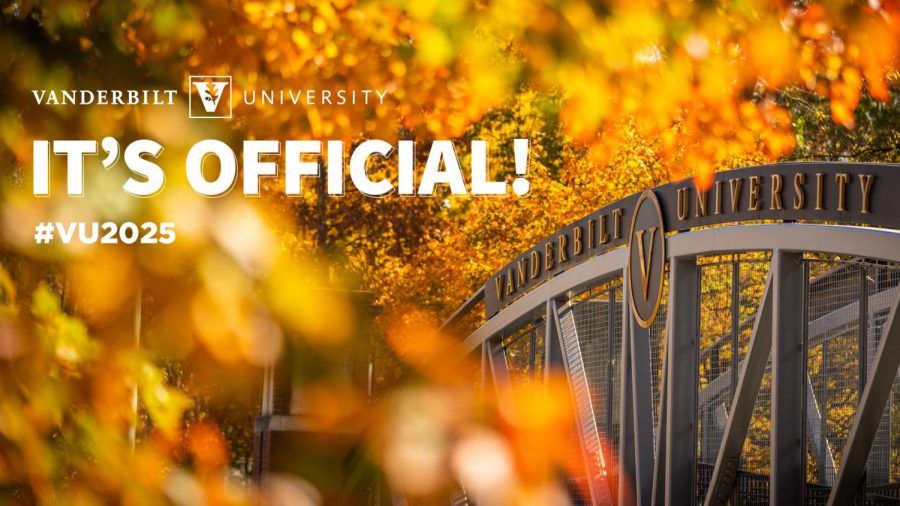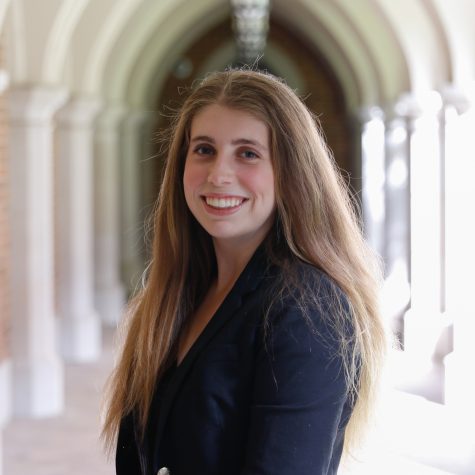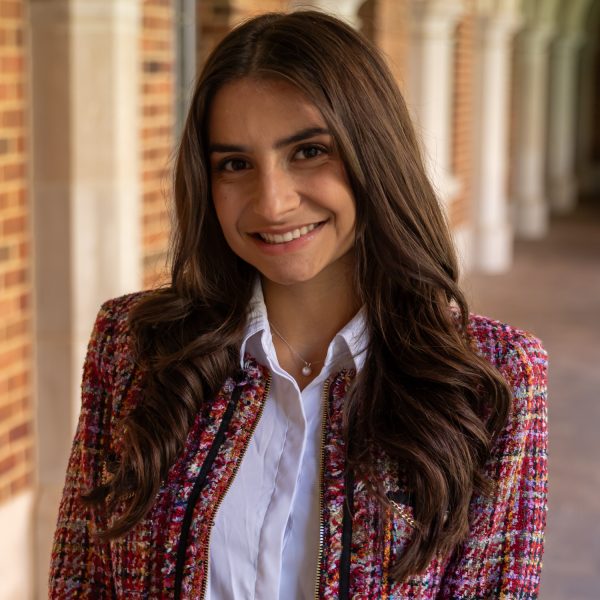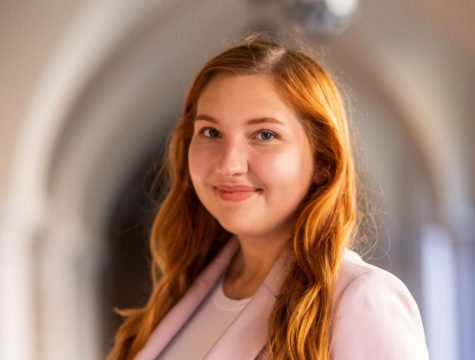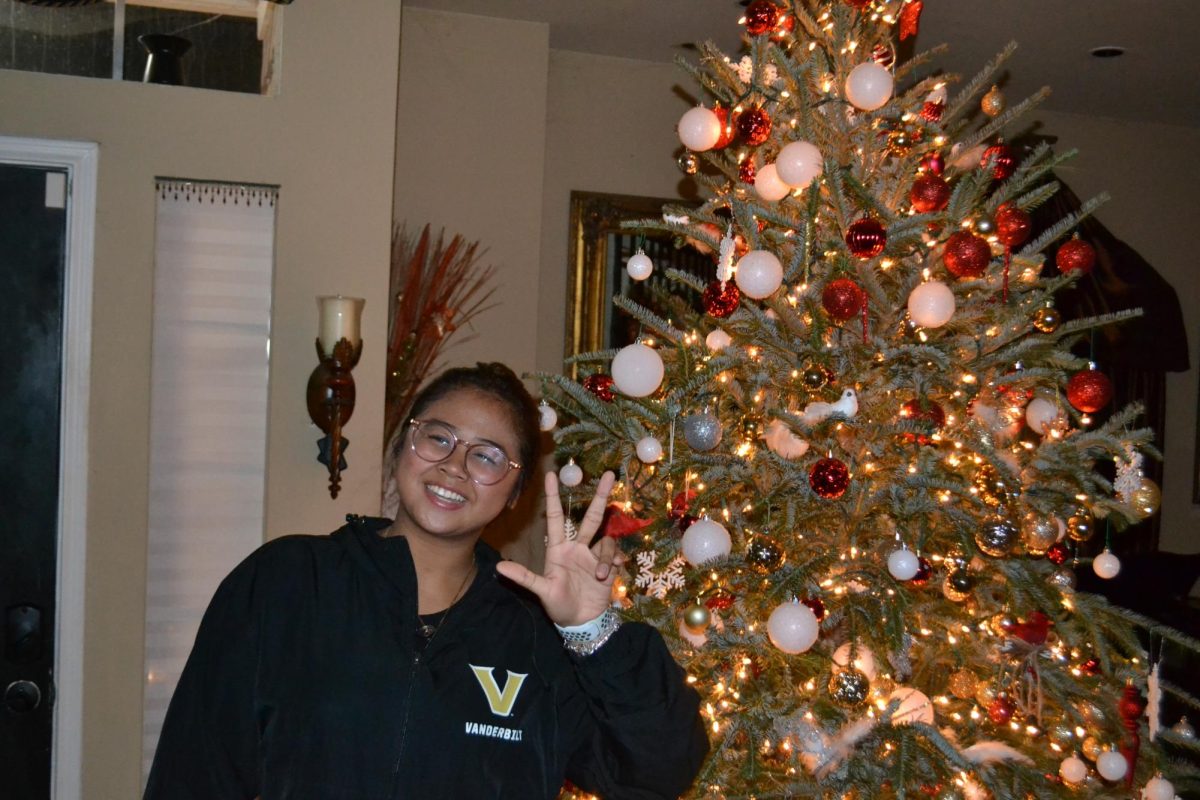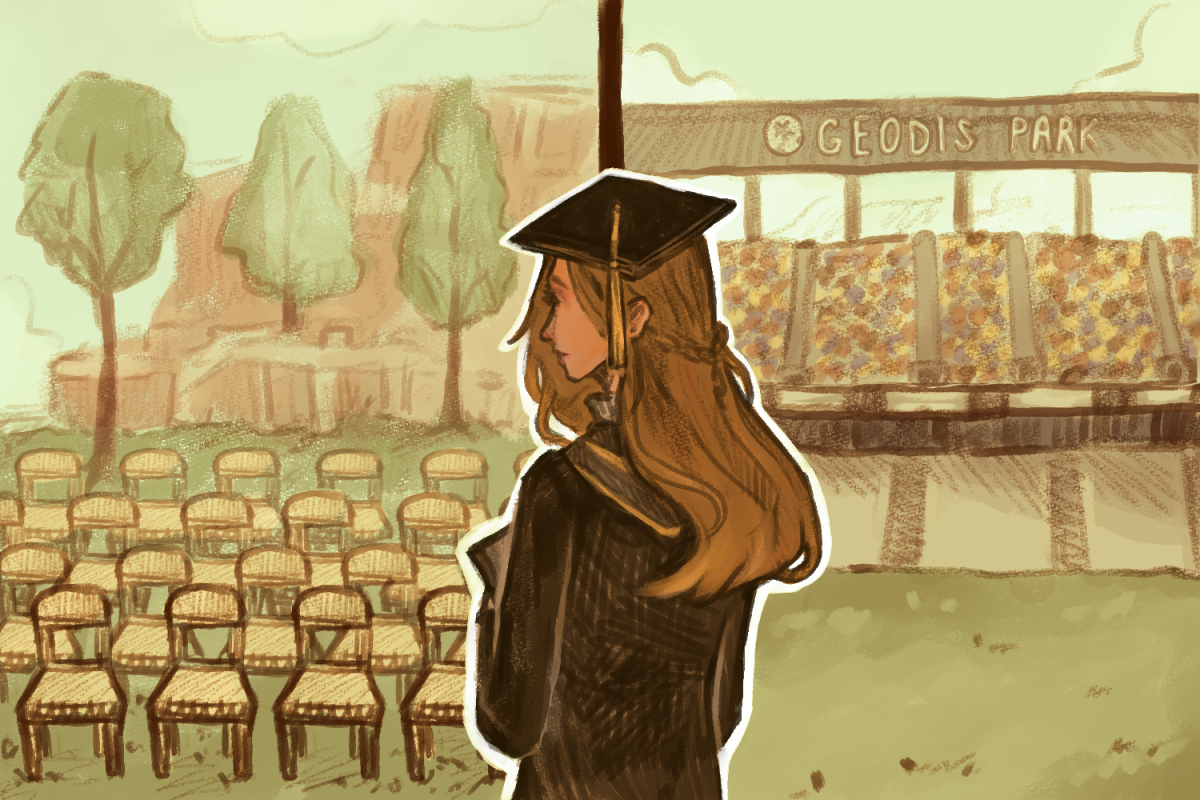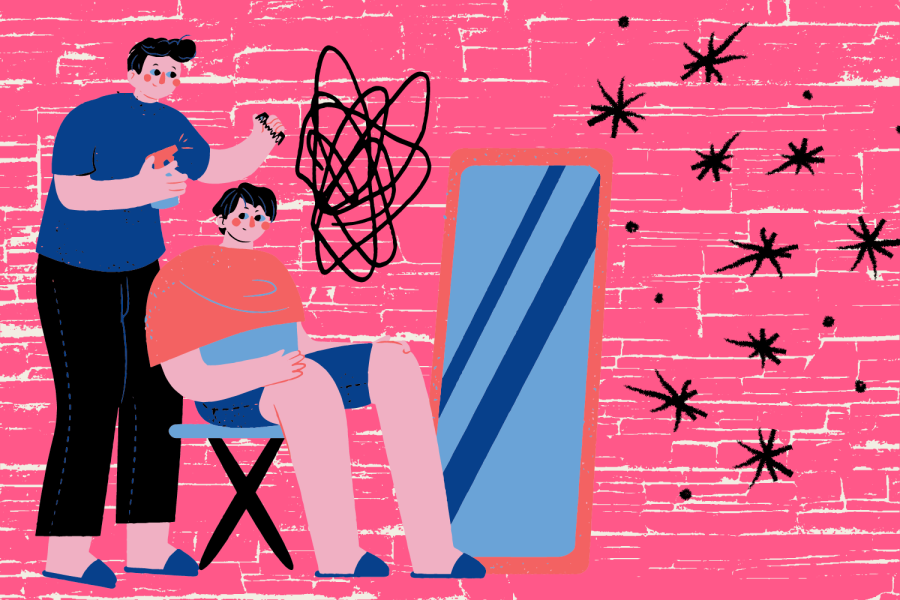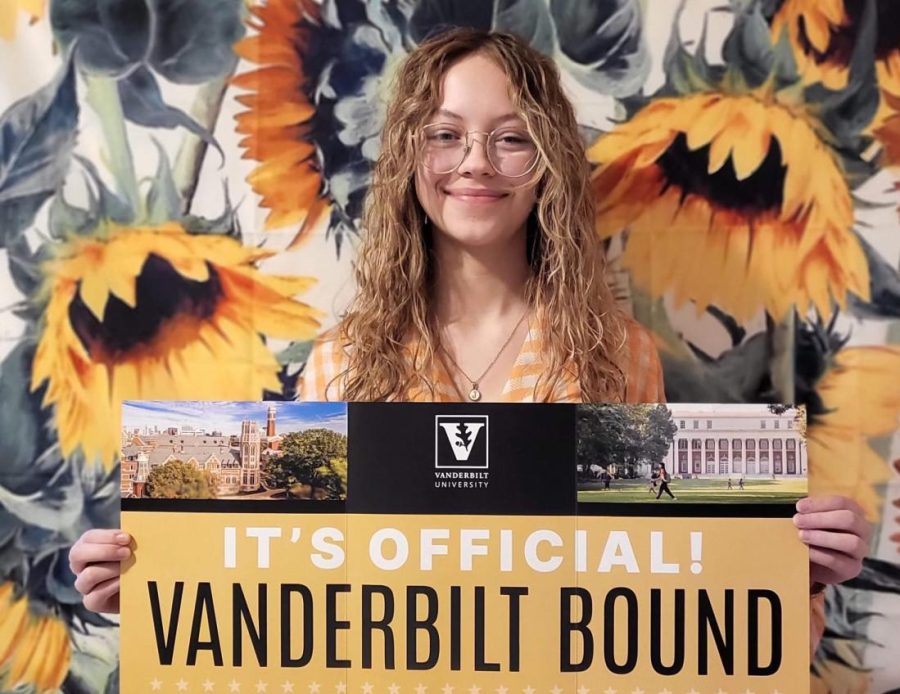UPDATED: This piece has been updated to include the admission rates for the Class of 2025 for universities that were not previously included.
Vanderbilt’s overall acceptance rate fell to 6.7 percent for the Class of 2025, the lowest acceptance rate in the university’s history.
A 3.7 percent drop from 10.4 percent last year, the Class of 2025’s acceptance rate puts Vanderbilt among institutions such as Yale University, University of Chicago (UChicago) and the University of Pennsylvania (UPenn) last year. These schools all had around a 7 percent acceptance rate for the Class of 2024. This year, Yale posting a 4.6 percent acceptance rate and UPenn a 5.7 percent acceptance rate. UChicago still has not released admission statistics.
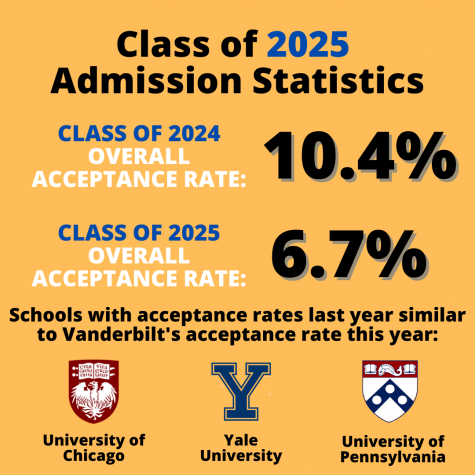
Only 2,248 of the 42,125 applicants in Vanderbilt’s regular decision (RD) pool were accepted, another historically low at 5.3 percent acceptance rate. This year also saw the early decision (ED) rate fall to 18.1 percent, per a Feb. 19 update from Vanderbilt Undergraduate Admissions.
Vanderbilt’s regular decision acceptance rate has declined over the past five years, excluding the Class of 2024. The university accepted 8.8 percent of applicants to the Class of 2020, 8.6 percent to the Class of 2021, 7.3 percent to the Class of 2022, 6.3 percent to the Class of 2023 and 9.0 percent to the Class of 2024.
The gap between ED and RD acceptance rates widened for the Class of 2025. While the ED acceptance rate for the Class of 2024 was 2.3 times higher than the RD acceptance rate (9.0 percent versus 20.7 percent), this year’s ED acceptance rate was 3.4 times higher than the RD acceptance rate (5.3 percent versus 18.1 percent).
Per Dean of Undergraduate Admissions Douglas Christiansen, this year’s class was socioeconomically, racially and geographically diverse, with students admitted from every state and 74 countries.
“The class itself is simply extraordinary,” Christiansen said. “We just see the name and brand of Vanderbilt growing.”
Recent Acceptance Rate Trends
According to US News’ 2021 Best National University Ranking, Vanderbilt is tied with Brown University at 14th, preceded by Duke University and Dartmouth College and followed by Rice University and Washington University in St. Louis (WashU).
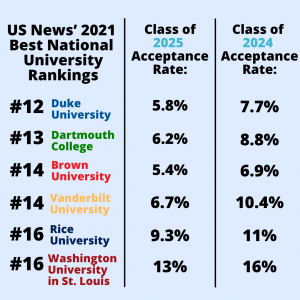
Rice and WashU both posted higher overall acceptance rates than Vanderbilt for the Class of 2025. Rice accepted 9.3 percent of all applicants while WashU accepted 13 percent, nearly double of Vanderbilt’s overall acceptance rate. While the acceptance rates for Duke, Dartmouth and Brown remained below Vanderbilt’s, they declined at a smaller rate from last year, at 5.8 percent, 6.2 percent and 5.4 percent, respectively.
Compared to last year’s acceptance rates at these schools, Vanderbilt’s acceptance rate of 6.7 percent for the Class of 2025 is the lowest, with Duke at 7.7 percent, Dartmouth at 8.8 percent, Brown at 6.9 percent, Rice at 11 percent and WashU at 16 percent. Vanderbilt’s acceptance rate for the Class of 2024 is the fourth-lowest out of these statistics at 10.4 percent.
In recent years, Vanderbilt’s overall acceptance rate has decreased, with the exception of the Class of 2024. There was an overall 10.4 percent acceptance rate for the Class of 2024, 9.1 percent for the Class of 2023, 9.6 percent for the Class of 2022, 10.9 percent for the Class of 2021 and 10.7 percent for the Class of 2020.
Increase in applications
The steep drop in acceptance rate traces in part to a widened application pool. This year, the university saw a 28.5 percent increase in the number of applications, ultimately admitting 3,162 students to the Class of 2025 from a pool of 47,174 applicants.

“The increase in applications had to do with going test-optional because of COVID, being able to turn so quickly on the dime to get everything virtual and because we invited students back to campus last fall,” Christiansen said.
In addition to the larger application pool, Vanderbilt also accepted 641 fewer students this application cycle compared to last year. Per Christiansen, these numbers reflect the changing realities of COVID-19.
“We had to admit more last year because we knew some students may not choose to come or may not be able to get here. It was an anomaly year compared to others in our history,” Christiansen said. “When you really look at the numbers, 2023 is more comparative to the entering Class of 2025 than 2024 because there was so much unknown last year.”
Christiansen also clarified that the decrease in accepted students did not have to do with high deferral rates for the Class of 2024. Per Christiansen, only 39 students in the class of 2024 deferred their admission to Fall 2021.
“There’s some popular literature out there that says it will be so much harder to be admitted this year due to deferred students,” Christiansen said. “Some of our peer institutions had upwards of 300 deferrals. This wasn’t the case for Vanderbilt.”
Test-optional policy
The rise of students applying to Vanderbilt reflects a nationwide increase in applications to elite universities due to the COVID-19 pandemic. Many schools, including Vanderbilt, implemented a test-optional policy for the Class of 2025. This adjustment will remain for students applying for Vanderbilt’s Class of 2026.

Per the Undergraduate Admissions’ website, 56.3 percent of Vanderbilt applicants voluntarily submitted test scores, and 61.1 percent of admitted students applied with test scores.
“Throughout this year, we’ve remained steadfast in the practice of context-based, holistic admissions,” the page reads. “For students who applied without standardized test scores, our evaluations of their academic achievement relied more heavily on the rest of their academic record including the transcript, relative position in class, rigor of coursework, and grade trend over time.”
Effect of COVID-19 on the application process
In the first fully virtual college applications season, students grappled with how to connect with schools and show their potential. Admitted students Sarah Frank and Briana Ratangee told The Hustler that the pandemic made the application cycle more uncertain. Both students applied to more schools than planned due to worries about increases in applicant numbers.
“Applying to college during this past cycle was way more nerve-wracking than what I think a regular year would be like,” Frank said in a message to The Hustler. “Getting into Vanderbilt lifted a weight off my chest.”
A Cornelius Vanderbilt Scholar, Ratangee felt that virtual learning gave her more time to dedicate to her college applications.
“The cancellation of many activities just gave me so much more free time to help represent myself fully in my essays,” Ratangee said in a message to The Hustler.
Virtual admissions events
Since going completely remote last March, Christiansen said Vanderbilt’s Undergraduate Admissions team has been working to improve the virtual offerings available to prospective and admitted students. Per Christiansen, some virtual offerings are here to stay, even when in-person learning and events are back in full swing.
“We had a few things [virtual programs] out there before, but now it’s just very robust,” Christiansen said. “I suspect we’ll continue some virtual things that allowed us to eliminate barriers for students who may not have been able to visit.”

Per Christiansen, one-on-one interactions with prospective students were noticeably absent from this year’s application cycle.
“Admissions officers are used to traveling. I haven’t flown for over a year now,” Christiansen said. “We miss being with students. We miss those interactions.”
Several admitted students commented that the lack of in-person events limited their relations with their prospective universities.
“It was harder to form deep connections with colleges despite the vast virtual webinars and tours I attended,” incoming first-year Emini Offutt said in a message to The Hustler.
Offutt cited the MOSAIC Multicultural Student Recruitment Program as key in his decision to attend Vanderbilt. Connections with students from various racial and socioeconomic groups helped him to form the connections for which he’d been longing, Offutt said.
“[MOSAIC] worked very hard to connect top students from various racial and socioeconomic groups and impacted my love for Vanderbilt,” Offutt said.
What’s next for waitlisted students?
Vanderbilt’s waitlist process will occur as normal, Christiansen said. Typically, around 10 percent of the class are originally waitlisted, and, per Christiansen, each undergraduate school maintains its own waitlist with a number of students proportional to the respective school’s enrollment. Christiansen cited Vanderbilt’s Undergraduate Residential Requirement as a primary driver of the waitlist, as over-enrolling students causes long-term housing issues.
“If we go over, I have a four-year problem, not a one-year problem,” Christiansen said.
Per Christiansen, Vanderbilt’s applicant pool has become increasingly competitive in recent years.

“The students on our waitlist now would have been our top scholarship recipients five years ago,” Christiansen said.
What’s next for admitted students?
Similar to last year, virtual opportunities for accepted students are available, including a tailored virtual tour and speaker panels with current students, parents, faculty and administration. Admitted students have also begun to participate in online events and meet their fellow classmates in GroupMe, Facebook and Discord chats.
Some students admitted via RD have already committed to attend Vanderbilt.
“It was a no-brainer for me to commit,” Offutt said. “I am stoked about getting into Vandy! The day after RD results, I committed straight away.”
This piece will be updated as more information about admission statistics becomes available.

